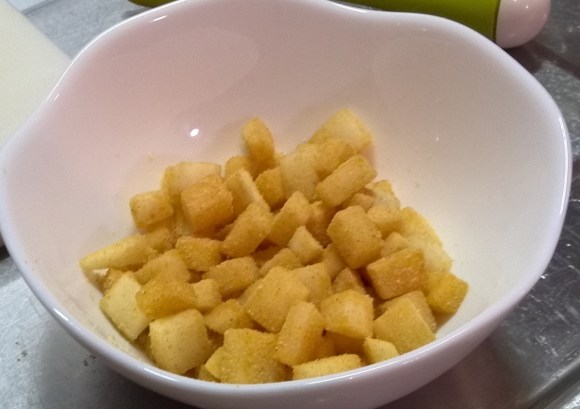
Daikon is one of the cornerstones of Japanese cuisine. It has a firm yet yielding texture and ability to meld with any flavors it comes in contact with such as oden broth. However, most ways of eating daikon involve cooking which largely squanders the precious vitamin C that it contains.
You could eat it raw, but on its own daikon has a bitter and bland flavor suitable for no one. At least, it did until now thanks to a recipe posted on Cookpad, Japan’s premier recipe site, by a user with the handle of ayureo. This recipe is certifiably delicious, cheap, and so simple that anyone can do it — even us!
First make sure you have the necessary ingredients.
What you need
- Daikon (3-7cm segment)
- Kinako (1-2 tablespoons)
- Sugar (1-2 tablespoons)
- Cinnamon (a couple pinches)
That’s it! You’ll find to make a decent sized serving you don’t need much. Price-wise, it would probably amount to about 15 yen (US$0.13). Kinako is a type of powdered roasted soybean that’s often used in Japanese confectioneries. It has a wheaty flavor that’s much more savory and full-bodied than flour but compliments sweet tastes very well.
First, cut off a small segment of the daikon between 3 and 7 centimeters (1.2 – 2.8 inch) depending on how much you want to eat. Be careful, you might be surprised with how much comes out of such a small piece.
After peeling the skin off, dice your daikon puck into cubes of about 0.5 to one centimeter (1/5 – 2/5 inch). Smaller is probably better as you’ll see in the next step.
Once the the daikon is diced place all the pieces on a paper towel to soak up most of the moisture. This is the trickiest part. I recommend leaving it until you feel completely confident that the daikon pieces have dried out enough. In my case, about 10 minutes worked out well. That might have been longer than necessary but better safe than sorry.
Meanwhile, you can prepare the seasoning. Simply put equal parts kinako and sugar into a bowl. The amount of each depends on how much daikon you use. In my case, I used one tablespoon of each for the amount of daikon shown in the photos.
You can also add some cinnamon to the mix – not too much though! It has a bold taste and a little will go a long way. Some people prefer to leave out the cinnamon and say that it turns out great anyway, so feel free to experiment. Before using give it a quick stir so that it’s an even brown color.
Then, begin to put the seasoning on the daikon in stages. One third at a time should work well. Each time you add the seasoning, shake the daikon pieces around so that they become evenly covered.
After all of the seasoning is added it should look like this. After taking your first bite you’ll surely be surprised and hooked on this taste. All of the bitterness of the daikon will have vanished and you will be left with a sweet and bold tasting snack with a delightfully firm texture.
By the way, if you happened to not dry out the daikon enough like I did the first time, they will end up like this.
It’s less pleasant visually but actually tastes just fine as long as you don’t mind the sloppiness.
Granted this recipe is essentially putting sugar on something to make it more delicious which would probably work on anything, but it is really surprising how well daikon in particular meshes with these sweet flavors considering its natural taste is anything but sweet. It’s just something you’ll have to experience for yourselves, so by all means grab a radish and get dicing!
Source: Cookpad via Spotlight Media (Japanese)
Photos & Video: RocketNews24
▼ Also please refer to this instructional video, starring yours truly, on how to make sweet daikon snacks. It cost 800 million millionths of yen to produce.

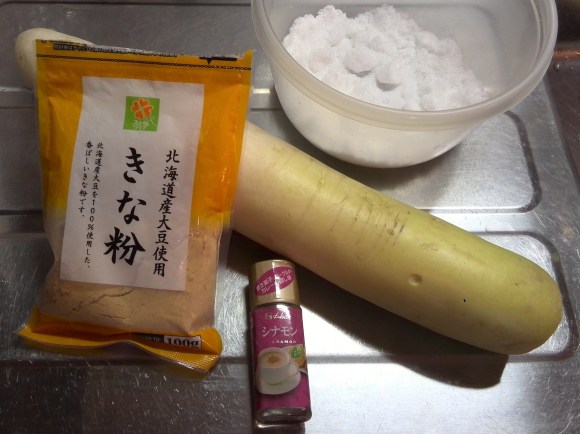
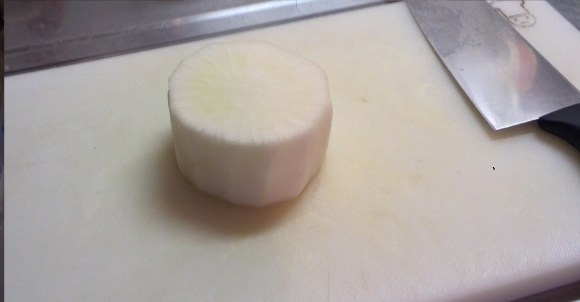
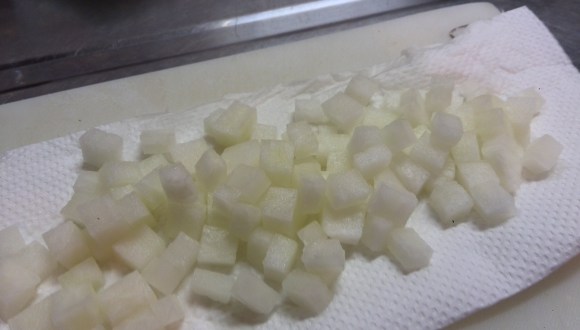
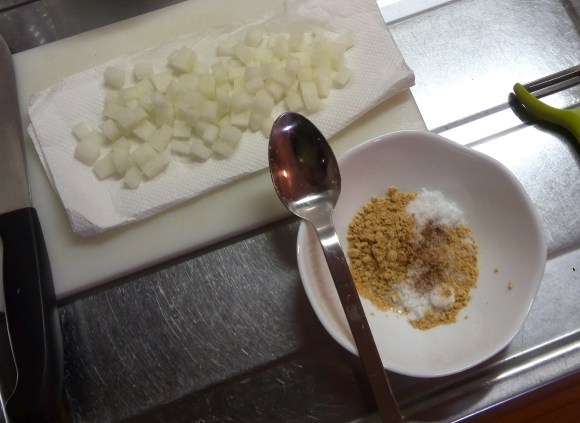
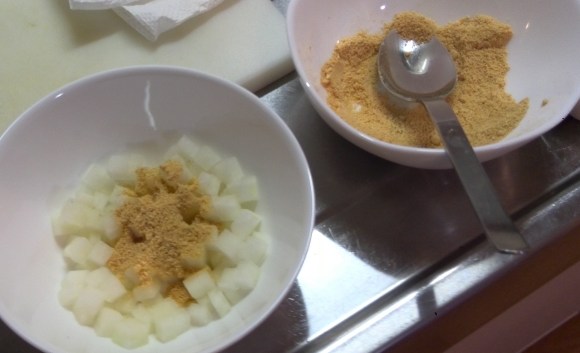

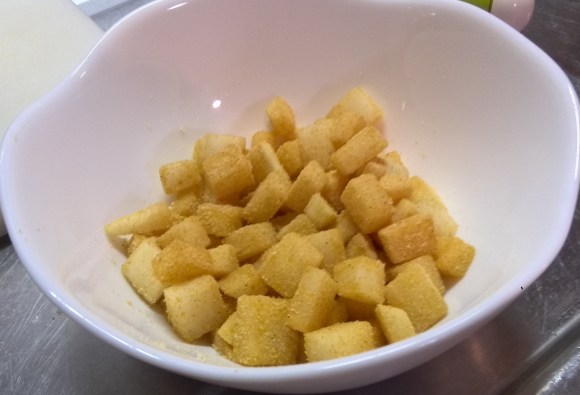
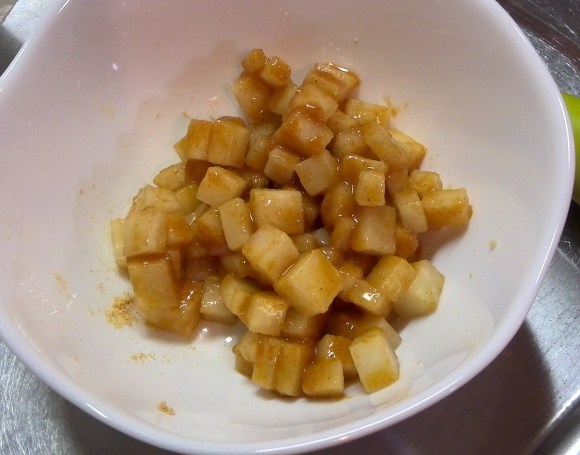
 Try a super-easy summer cold remedy with this natural Honey Daikon Cough Syrup recipe
Try a super-easy summer cold remedy with this natural Honey Daikon Cough Syrup recipe World’s largest type of daikon radish can now be ordered online in Japan
World’s largest type of daikon radish can now be ordered online in Japan Pokemon radish discovered in Japan, just as cute as the original
Pokemon radish discovered in Japan, just as cute as the original Vegetables are smarter than fruits: Three high IQ Japanese veggies
Vegetables are smarter than fruits: Three high IQ Japanese veggies Grated radish art from Japan brings the cute to your favourite dishes
Grated radish art from Japan brings the cute to your favourite dishes Foreigner’s request for help in Tokyo makes us sad for the state of society
Foreigner’s request for help in Tokyo makes us sad for the state of society Red light district sushi restaurant in Tokyo shows us just how wrong we were about it
Red light district sushi restaurant in Tokyo shows us just how wrong we were about it Japanese city loses residents’ personal data, which was on paper being transported on a windy day
Japanese city loses residents’ personal data, which was on paper being transported on a windy day Historical figures get manga makeovers from artists of Spy x Family, My Hero Academia and more
Historical figures get manga makeovers from artists of Spy x Family, My Hero Academia and more Seaside scenery, history, and so many desserts on Yokohama’s Akai Kutsu【Japan Loop Buses】
Seaside scenery, history, and so many desserts on Yokohama’s Akai Kutsu【Japan Loop Buses】 Harajuku Station’s beautiful old wooden building is set to return, with a new complex around it
Harajuku Station’s beautiful old wooden building is set to return, with a new complex around it Should you add tartar sauce to Japanese curry rice? CoCo Ichi makes diners an unusual offer
Should you add tartar sauce to Japanese curry rice? CoCo Ichi makes diners an unusual offer 11 different ways to say “father” in Japanese
11 different ways to say “father” in Japanese Japanese ramen restaurants under pressure from new yen banknotes
Japanese ramen restaurants under pressure from new yen banknotes Suntory x Super Mario collaboration creates a clever way to transform into Mario【Videos】
Suntory x Super Mario collaboration creates a clever way to transform into Mario【Videos】 McDonald’s new Happy Meals offer up cute and practical Sanrio lifestyle goods
McDonald’s new Happy Meals offer up cute and practical Sanrio lifestyle goods French Fries Bread in Tokyo’s Shibuya becomes a hit on social media
French Fries Bread in Tokyo’s Shibuya becomes a hit on social media Studio Ghibli releases new action figures featuring Nausicaä of the Valley of the Wind characters
Studio Ghibli releases new action figures featuring Nausicaä of the Valley of the Wind characters New private rooms on Tokaido Shinkansen change the way we travel from Tokyo to Kyoto
New private rooms on Tokaido Shinkansen change the way we travel from Tokyo to Kyoto Tokyo Tsukiji fish market site to be redeveloped with 50,000-seat stadium, hotel, shopping center
Tokyo Tsukiji fish market site to be redeveloped with 50,000-seat stadium, hotel, shopping center All-you-can-drink Starbucks and amazing views part of Tokyo’s new 170 meter-high sky lounge
All-you-can-drink Starbucks and amazing views part of Tokyo’s new 170 meter-high sky lounge Beautiful Ghibli sealing wax kits let you create accessories and elegant letter decorations【Pics】
Beautiful Ghibli sealing wax kits let you create accessories and elegant letter decorations【Pics】 Studio Ghibli releases Kiki’s Delivery Service chocolate cake pouches in Japan
Studio Ghibli releases Kiki’s Delivery Service chocolate cake pouches in Japan New definition of “Japanese whiskey” goes into effect to prevent fakes from fooling overseas buyers
New definition of “Japanese whiskey” goes into effect to prevent fakes from fooling overseas buyers Our Japanese reporter visits Costco in the U.S., finds super American and very Japanese things
Our Japanese reporter visits Costco in the U.S., finds super American and very Japanese things Studio Ghibli unveils Mother’s Day gift set that captures the love in My Neighbour Totoro
Studio Ghibli unveils Mother’s Day gift set that captures the love in My Neighbour Totoro More foreign tourists than ever before in history visited Japan last month
More foreign tourists than ever before in history visited Japan last month New Pokémon cakes let you eat your way through Pikachu and all the Eevee evolutions
New Pokémon cakes let you eat your way through Pikachu and all the Eevee evolutions Sales of Japan’s most convenient train ticket/shopping payment cards suspended indefinitely
Sales of Japan’s most convenient train ticket/shopping payment cards suspended indefinitely Sold-out Studio Ghibli desktop humidifiers are back so Totoro can help you through the dry season
Sold-out Studio Ghibli desktop humidifiers are back so Totoro can help you through the dry season Japanese government to make first change to romanization spelling rules since the 1950s
Japanese government to make first change to romanization spelling rules since the 1950s Ghibli founders Toshio Suzuki and Hayao Miyazaki contribute to Japanese whisky Totoro label design
Ghibli founders Toshio Suzuki and Hayao Miyazaki contribute to Japanese whisky Totoro label design Doraemon found buried at sea as scene from 1993 anime becomes real life【Photos】
Doraemon found buried at sea as scene from 1993 anime becomes real life【Photos】 Tokyo’s most famous Starbucks is closed
Tokyo’s most famous Starbucks is closed One Piece characters’ nationalities revealed, but fans have mixed opinions
One Piece characters’ nationalities revealed, but fans have mixed opinions We asked a Uniqlo employee what four things we should buy and their suggestions didn’t disappoint
We asked a Uniqlo employee what four things we should buy and their suggestions didn’t disappoint Princesses, fruits, and blacksmiths: Study reveals the 30 most unusual family names in Japan
Princesses, fruits, and blacksmiths: Study reveals the 30 most unusual family names in Japan New book teaches you to make grated radish animals: Healthier than latte art, just as cute
New book teaches you to make grated radish animals: Healthier than latte art, just as cute Do try this at home! 5 foods that you can recreate in taste by combining other foods
Do try this at home! 5 foods that you can recreate in taste by combining other foods Eat your beans the doubly delicious way with this mushiyaki edamame recipe 【RocketKitchen】
Eat your beans the doubly delicious way with this mushiyaki edamame recipe 【RocketKitchen】 Japanese cook creates adorable meal of “cats” feasting on fish!
Japanese cook creates adorable meal of “cats” feasting on fish! Agedashi…doughnuts? Traditional Japanese tofu dish gets a sweet twist from Mister Donut
Agedashi…doughnuts? Traditional Japanese tofu dish gets a sweet twist from Mister Donut Are 100 yen shop Daiso’s Japanese radish seeds worth your time? Let’s find out【Experiment】
Are 100 yen shop Daiso’s Japanese radish seeds worth your time? Let’s find out【Experiment】 Around Japan in 47 rice balls: Mr. Sato buys each prefecture’s musubi all from one Tokyo shop
Around Japan in 47 rice balls: Mr. Sato buys each prefecture’s musubi all from one Tokyo shop Red bean paste and cream cheese — a divinely sweet combination?
Red bean paste and cream cheese — a divinely sweet combination? Celebrate New Years in Pokémon style — with a monster ball filled with traditional osechi food!
Celebrate New Years in Pokémon style — with a monster ball filled with traditional osechi food! Tamoya Udon in Singapore has something its outlets in Japan don’t
Tamoya Udon in Singapore has something its outlets in Japan don’t Awesome Pokémon osechi New Year’s meals elegantly blend Japan’s traditional and pop culture
Awesome Pokémon osechi New Year’s meals elegantly blend Japan’s traditional and pop culture Pizza Hut releases a turtle pizza that looks like a Teenage Mutant Ninja Turtle
Pizza Hut releases a turtle pizza that looks like a Teenage Mutant Ninja Turtle Which Japanese convenience store has the best miso vegetable stick pack?【Taste test】
Which Japanese convenience store has the best miso vegetable stick pack?【Taste test】 Japanese chain Bikkuri Donkey’s enormous salad almost beats Mr. Sato, but not because of its size
Japanese chain Bikkuri Donkey’s enormous salad almost beats Mr. Sato, but not because of its size Seaweed and soy beans and mushrooms, oh my! New Japanese-style bagels coming soon
Seaweed and soy beans and mushrooms, oh my! New Japanese-style bagels coming soon
Leave a Reply